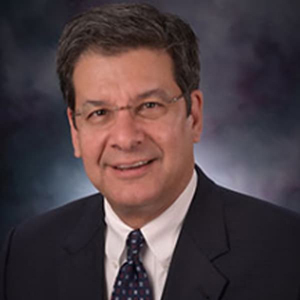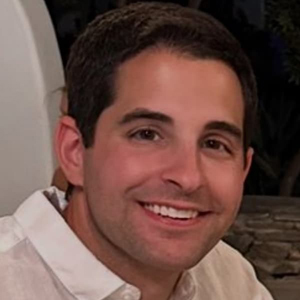About Infrastructure Rehabilitation USA
Quality Since 2002
About Us
Services Provided in all 50 States in the USA.
We are headquarted in Shreveport, LA but operate across the entire USA. Our working hours are flexible in the event we need to work during non-busy hours for example.
- #1 permanent sustainable solution on the market today.
- No alternative compares to The CIP Liner.
- Backed by a rock solid 20 year manufacturer's warranty.
- Contact us today with any questions or concerns!
Leadership

Ted Casten - President & CEO
Ted is a majority shareholder of Infrastructure Rehabilitation USA, Inc. Ted is a member of the Water Environment Federation (WEF), North American Society of Trenchless Technology (NASTT), the American Water Board Directors (AWBD), and the Louisiana Municipal Association (LMA). Ted presents regularly at Back Municipal Consulting (BMC) for Cured-in-Place Manhole Rehabilitation and has recently presented at the 2023 WEF Collections Systems and Stormwater Conference in Hartford, Connecticut. Ted innovates for municipalities by providing enduring wastewater structure reinforcement expected to last for 100 years, something existing nowhere else in the industry marketplace. Ted is also an attorney and managing shareholder of the law firm Casten & Pearce, APLC in Shreveport, Louisiana and has 40 years of legal experience with an emphasis on civil defense litigation, extra-contractual and transactional matters.

William Casten - Vice President
The President, CEO and majority shareholder of CIP Industries, L.L.C., the manufacturer of The CIP Liner. He is also a shareholder and Vice President of Infrastructure Rehabilitation USA, Inc. William's main focus is exploring new technologies and market development for both CIP Industries and Infrastructure Rehabilitation USA. William is also a member of the Water Environment Federation (WEF), the North American Society of Trenchless Technology (NASTT), the American Water Board Directors (AWBD), and the Louisiana Municipal Association (LMA). He was a presenter at the 2023 WEF Collection Systems and Stormwater Conference in Hartford, Connecticut and is a regular presenter at Back Municipal Consulting (BMC) for Cured-in-Place Manhole Rehabilitation.

The CIP Liner Versus Fiberglass Inserts
Points of comparison between The CIP Liner and fiberglass inserts for use in manhole and sewage pump station rehabilitation:
The Fiberglass inserts reduce the annular space on a 48" manhole to about 42". The CIP Liner conforms to the host structure and bonds to it, adding less than ¼" of thickness.
The manhole must be removed by digging up and later replacing or repositioning the cone for fiberglass inserts. The process is likely to take 2 or 3 days. The CIP Liner completely cures in place with no digging and takes about one-half of a day per manhole.
With fiberglass inserts, it is very difficult to seal at the floor and around the inlet/outlet pipes as well as incoming laterals on the wall. Cured CIP Liners are monolithic, with no chance of leaking anywhere once the liner is in place, including the edges of the liners.
For fiberglass inserts, the soil must be compacted and paved, which is a disruption of traffic flow if the manhole is in the street. This is not an issue with The CIP Liner.
Fiberglass inserts cost more and are more labor intensive than the installation of The CIP Liner.
More On The CIP Liner VS Fiberglass Inserts
The fiberglass insert must be molded somewhere. With The CIP Liner, we use the existing structure as a mold so there is always a perfect custom fit.
With fiberglass inserts there is no bond to the host structure. The CIP Liner is monolithic with the host structure and permanently bonds to it.
With the use of fiberglass inserts, the contractor must use a slurry mix to backfill behind the insert, to fill the annular space. This slurry mix cures to less than half the strength of the precast concrete of the rest of the manhole wall. (With a 28-day cure, precast concrete has a strength of about 4,000 psi. The slurry mix will cure to only about (1,500-2,000 psi.) The CIP Liner requires no additional product to complete the liner and the pressurized, cleaned host structure is left in place with the new liner cured to it.
The CIP Liner lines the manhole completely from the manhole lid seat down to the edge of the invert channel. The invert channel can also be lined and would require the flow to be by-passed during installation. The CIP Liner installation process results in no loss of annular space. This is not the case with fiberglass inserts.
Get In Touch
For prompt and efficient assistance, please don't hesitate to contact our dedicated support team. Whether you have inquiries, require technical assistance, or seek information, we are committed to providing timely and helpful responses.
